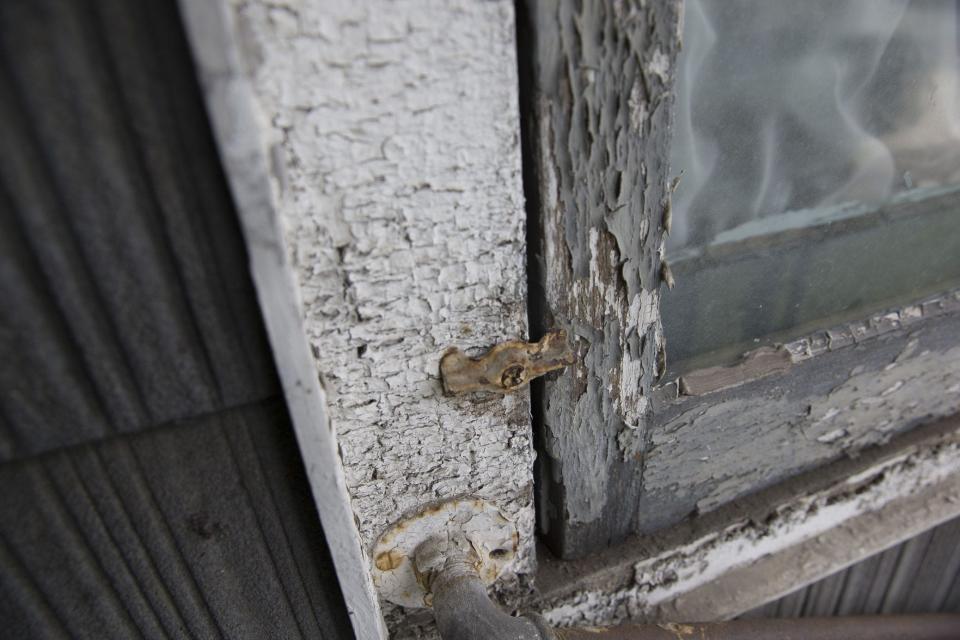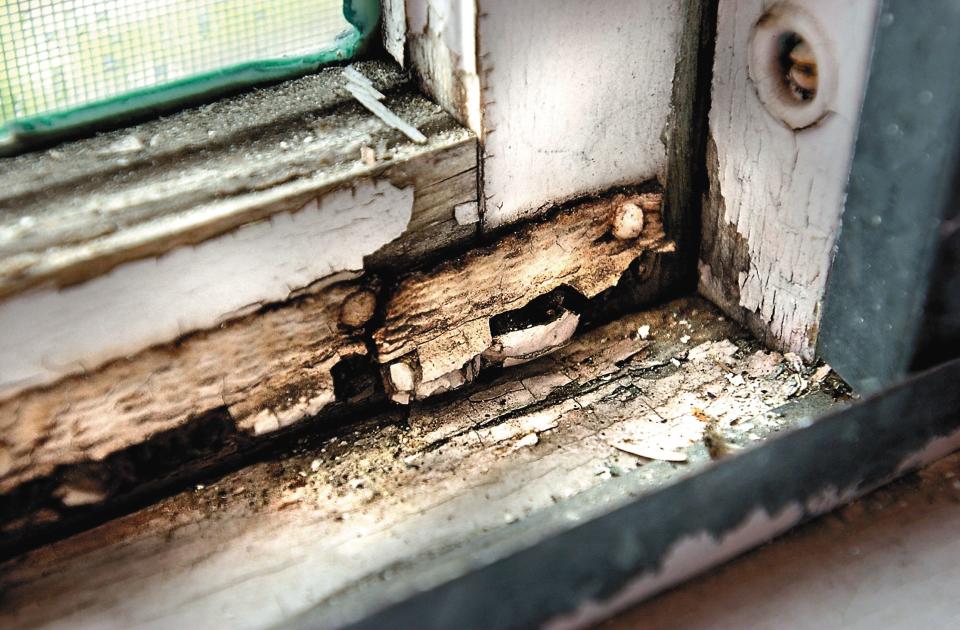Nonprofits, local governments get $38 million from NJ to fight lead paint poisoning
State officials this month awarded more than $38 million in grants to 20 nonprofits and local governments to battle childhood lead poisoning.
Part of a $180 million investment in identifying and removing lead-based hazards, the grants will help homeowners and landlords across New Jersey. Though banned for the last 45 years, lead paint remains a common threat to health and wellness, said Carletha Moore, the lead program manager for Greater Bergen Community Action Inc.
"We checked four houses yesterday [Feb. 3]," she said. "All four had lead."

Greater Bergen Community Action, a nonprofit serving Bergen County and the city of Paterson, received more than $1.3 million in grant funding from the $38 million pool. The money is expected to help nearly 75 homes, 22 in Paterson and 52 in Bergen County, over two years, Moore said.
Other area organizations, including Paterson ($1.6 million), Morris County Organization for Hispanic Affairs ($500,000) and Passaic County ($1.5 million), also received grants to advance lead abatement programs, state records show. The money is vital, said John Biegel, the health officer in Clifton. Children from low-income households are most at risk of lead poisoning, and "one case is too much," he said.
Each year, lead poisons thousands of New Jersey children, state health officials say. Nationally, the Centers for Disease Control and Prevention estimates that as many as 500,000 children ages 1 to 5 have elevated lead levels in their blood.

Biegel said he sees about 30 cases a year in his role as Clifton's health officer, "but a lot of children are not getting tested." Biegel, who recommends testing for all children at ages 1 and 2, is hoping to organize blood screenings locally and add testing equipment to help residents identify other sources, such as eating utensils and cooking equipment.
Passaic facility, a 'game-changer' for veterans, will soon get extra volunteers
Paint chips and dust remain among the most common causes of lead poisoning, even though the federal government banned consumer use of paint containing lead in 1978, according to U.S. Environmental Protection Agency records. Once in the bloodstream, lead can lead to neurological damage, behavioral disabilities and learning impairment.
Blood tests among children are monitored closely in New Jersey, and health care providers are required to screen children at 12 and 24 months. Readings over 10 micrograms per deciliter trigger an investigation requiring nurses and lead inspectors to attempt to isolate the source.
Biegel said children can often find sweet-tasting lead paint chips on high-friction areas such as window sills. Still, poorly made pots, pans and dishes can also contain lead, he said.
'Count of Passaic County' is gone, but his art will live on, thanks to a local professor
Children, pregnant women and senior citizens living in homes built before 1978 are the most at risk of lead poisoning, Moore said. But Moore and Biegel recommended that anyone concerned with potential exposure consider a screening.
While Greater Bergen Community Action provides grant-funded remediation and abatement assistance only to qualifying low-income homes, the nonprofit will perform a lead inspection for any area home, Moore said. Other entities, including municipalities, also provide visual or in-depth inspections, but they can come at a cost of $300 or more.
Lead removal through the grant program typically takes one to three months, Moore said. The work must follow Environmental Protection Agency rules that require certified contractors, work area containment practices, low dust remediation methods and a specific cleaning and inspection protocol, state records show. Costs can range from about $5,000 to more than $25,000, Moore said. Costs can include lead paint removal, new windows and hotel stays for affected residents.
About half of the projects managed by Moore now stem from another government-supplemented source, the nationwide Weatherization Assistance Program. The high-demand program can net certain applicants energy-efficient upgrades ranging from new window seals to a furnace. It also gets them a pre-inspection for lead.
Feds target ‘ghost gun’ network that operated in Paterson and Passaic
"We go into that file and look for homes built before 1978 with children," Moore said. "That's a way we can get the ball rolling."
The grants awarded at the start of February ranged from $6 million for Gateway Community Action Partnership in South Jersey to $200,000 for Norwescap in the state's northwest. More grants are due to be awarded late this spring to the most high-performing and innovative agencies, state officials said.
Lt. Gov. Sheila Oliver said that beyond lead-safe repairs and energy efficiency improvements, the money should help build capacity within the state Department of Community Affairs and at the local government level to address lead hazards. Ideally, the grants will trigger new hires and apprenticeships and attract new community-based organizations into the field, she said.
This article originally appeared on NorthJersey.com: NJ lead paint poisoning removal, remediation effort receives grants

